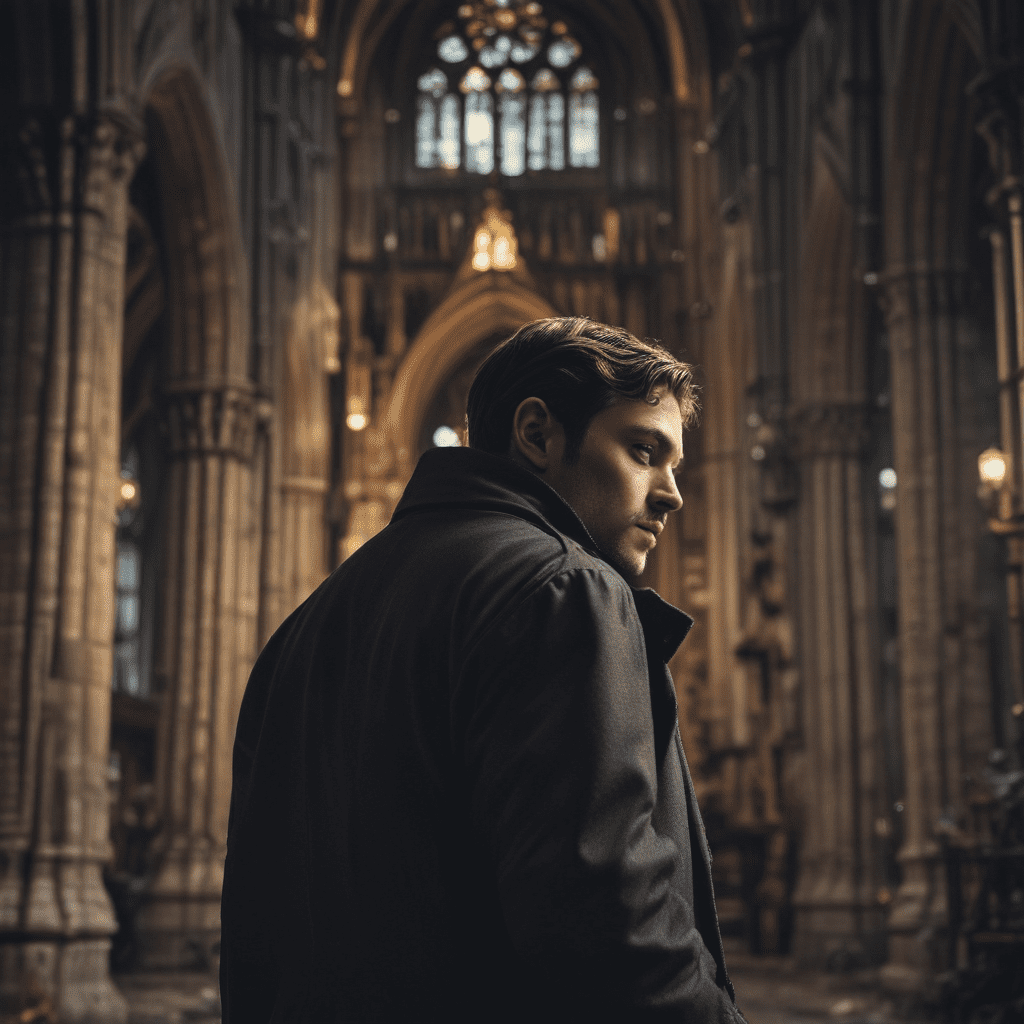
1. Introduction:
Nestled in the heart of Western Europe, Belgium boasts a rich architectural tapestry that has captivated visitors for centuries. Among its cultural treasures, the magnificent cathedrals stand as testaments to the country's artistic prowess and spiritual heritage. These majestic structures, soaring towards the heavens, have witnessed the ebb and flow of history, serving not only as places of worship but also as vibrant cultural hubs.
Belgium's cathedrals are a testament to the country's profound connection to its faith. Since the early days of Christianity, these sacred spaces have provided solace and inspiration to countless generations. Each cathedral embodies the spirit of its community, reflecting the evolving artistic styles and architectural trends throughout the ages.
2. The Gothic Masterpieces:
Gothic architecture, with its soaring arches, intricate stonework, and luminous stained-glass windows, left an indelible mark on Belgium's landscape. These magnificent cathedrals, constructed between the 12th and 16th centuries, represent the epitome of Gothic artistry and are a true feast for the eyes.
One of the most stunning examples of Gothic architecture in Belgium is the Antwerp Cathedral. Its sky-piercing spire, reaching an astounding 123 meters, dominates the city skyline. Inside, the cathedral boasts an awe-inspiring collection of stained-glass windows, casting vibrant hues upon the intricate interior details.
The Brussels Cathedral, a harmonious blend of Gothic and Baroque styles, stands as a testament to the city's rich cultural heritage. Its unique blend of architectural elements creates a visually captivating masterpiece that reflects the city's dynamic history.
In the heart of Ghent, the Ghent Cathedral stands as a treasure trove of artistic wonders. Its Gothic grandeur is complemented by an array of exquisite artworks, including the world-renowned Ghent Altarpiece, a masterpiece of Flemish art.
3. The Romanesque Legacy:
While Gothic architecture left a lasting impression on Belgium, the country also boasts a significant number of Romanesque cathedrals, dating back to the 11th and 12th centuries. These structures, characterized by their massive towers, rounded arches, and intricate stonework, represent an earlier chapter in Belgian architecture.
Tournai Cathedral, located in the city of the same name, is one of the finest examples of Romanesque architecture in Belgium. Its imposing towers and intricate carvings create a sense of awe and grandeur.
Namur Cathedral also embodies the Romanesque style, with its origins dating back to the 11th century. Over the centuries, the cathedral has undergone several renovations, adding elements of other architectural styles to its original Romanesque design.
4. The Architectural Evolution:
The architectural journey of Belgian cathedrals reflects the evolving artistic trends and influences that shaped the country throughout the centuries. From the Romanesque period to the Gothic era and beyond, each cathedral bears witness to the changing tastes and techniques of master builders.
The influence of renowned architects, such as Jacob van Thienen, played a significant role in shaping the architectural landscape of Belgian cathedrals. Van Thienen, known for his innovative designs and meticulous attention to detail, left an enduring legacy on the country's architectural heritage.
5. The Interior Grandeur:
Stepping inside a Belgian cathedral is akin to entering a realm of breathtaking beauty and spiritual awe. The intricate details of stained-glass windows, sculptures, and paintings create an atmosphere of wonder and reverence.
The stained-glass windows, with their vibrant colors and intricate patterns, cast ethereal light upon the interior, transforming the space into a kaleidoscope of colors and shadows. The sculptures, meticulously crafted from stone or wood, depict religious figures and biblical scenes with exquisite detail.
The paintings, adorning the walls and ceilings, showcase the artistic mastery of renowned Flemish and Belgian artists, adding further to the cathedrals' artistic richness.
6. The Cultural Hubs:
Throughout history, Belgian cathedrals have served as vibrant cultural hubs, playing a pivotal role in shaping the country's artistic and intellectual landscape. These sacred spaces have hosted a myriad of events, from religious ceremonies and concerts to exhibitions and cultural gatherings.
The cathedrals' acoustics, with their soaring ceilings and expansive spaces, have made them ideal venues for musical performances. From the ethereal strains of Gregorian chants to the powerful harmonies of classical masterpieces, these sacred spaces have reverberated with the sounds of music for centuries.
Exhibitions showcasing the works of renowned artists and artisans have often found a home within the cathedrals' walls. These exhibitions have provided a platform for showcasing the country's rich artistic heritage and fostering a dialogue between art and faith.
7. The Symbol of Faith:
Beyond their architectural grandeur and cultural significance, Belgian cathedrals stand as enduring symbols of faith. For centuries, these sacred spaces have served as a beacon of hope and inspiration for countless believers.
Within the cathedrals' walls, people have found solace in prayer, seeking guidance and comfort in times of need. The rituals and ceremonies held within these sacred spaces have provided a sense of community and belonging, strengthening the bonds of faith among believers.
8. The Enduring Legacy:
The magnificent cathedrals of Belgium stand as a testament to the country's rich history, artistic prowess, and enduring faith. These awe-inspiring structures continue to captivate visitors from around the world, offering a glimpse into the soul of a nation deeply rooted in its cultural heritage.
9. Visiting the Cathedrals:
Planning a visit to a Belgian cathedral is a rewarding experience that offers a unique opportunity to immerse oneself in the country's rich history, art, and culture.
Many cathedrals offer guided tours, providing visitors with insights into their architectural features, historical significance, and artistic treasures. Visitors can also attend religious services, concerts, or exhibitions to experience the vibrant cultural life that these sacred spaces foster.
10. Frequently Asked Questions (FAQs):
Q: What is the best time to visit the cathedrals?
A: The cathedrals are open to the public during regular hours, typically from morning to late afternoon. However, some cathedrals may have extended hours during special events or religious holidays. It is advisable to check the cathedral's website or contact them directly for specific opening hours.
Q: Is there an entrance fee to visit the cathedrals?
A: Some cathedrals charge a small entrance fee, while others offer free admission. It is recommended to check the cathedral's website or inquire at the entrance for specific information regarding fees.
Q: Are there any restrictions on photography or videography inside the cathedrals?
A: Photography and videography may be restricted in certain areas of the cathedrals, particularly during religious services or in spaces where artwork or文物 is displayed. It is important to respect the sanctity of the space and follow any posted guidelines.
Q: Are there any accessibility considerations for visitors with disabilities?
A: Many cathedrals offer accessibility features, such as ramps, elevators, and accessible restrooms. It is recommended to contact the cathedral in advance to inquire about specific accessibility options.

